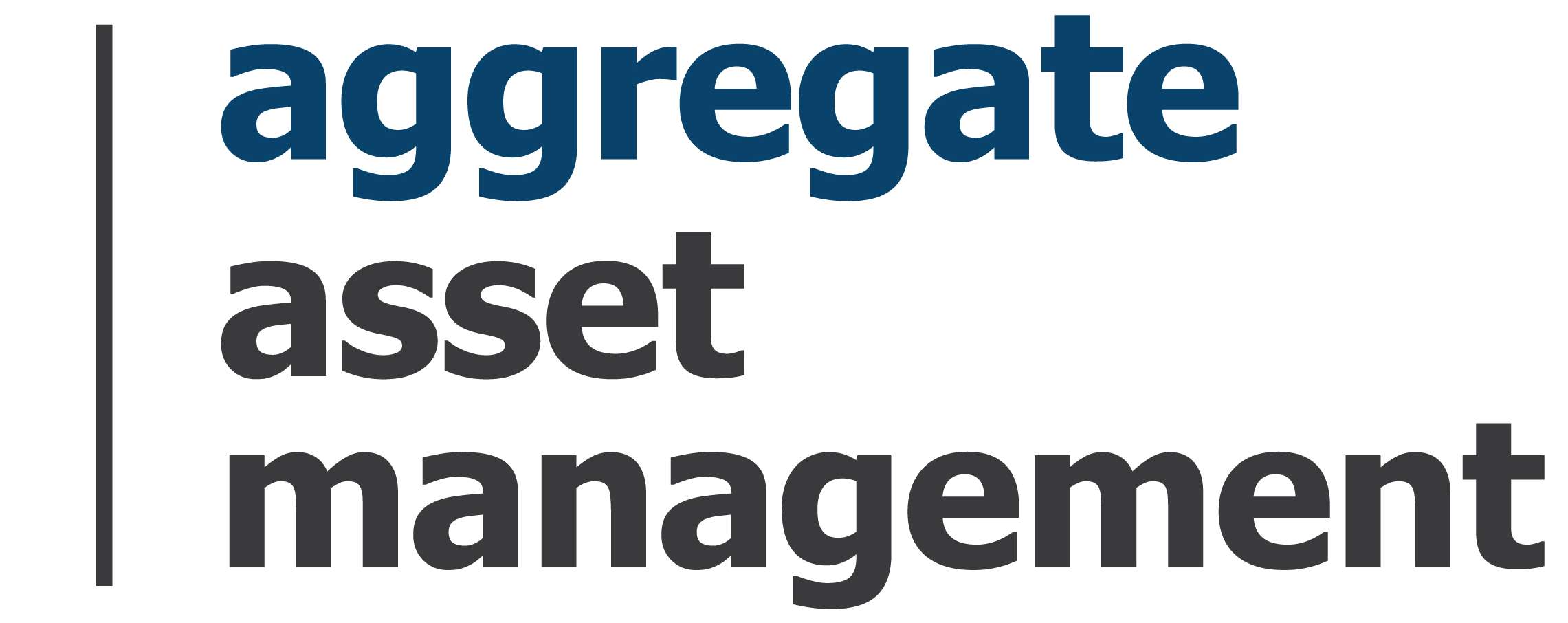Why smart investors see market dips as doors opening, not alarms ringing
Don’t Let Headlines Dictate Your Strategy
Every now and then, markets take a step back. Prices dip, news outlets highlight the “losses,” and social media fills with speculation. For some investors, this sparks worry and leads to hasty decisions.
But for disciplined, well-prepared investors, especially those working with a trusted fund management partner like AAM these moments are simply part of the investing journey. They can even be an opportunity to strengthen a portfolio.
Correction vs. Crash: Know the Difference
Before we talk about opportunity, let’s clear up the terminology:
- Market correction: A temporary decline of around 10% from a recent high. It’s a normal and healthy process that helps valuations realign.
- Market crash: A sharp and sudden drop of 20% or more, usually triggered by a significant economic or geopolitical shock. Less frequent, more severe, but historically followed by recovery.
Corrections are not signs that markets are “broken” ; they’re the natural ebb and flow of the investment cycle.
Why Lower Prices Can Mean Higher Future Returns
Imagine you’ve been eyeing a quality company or a well-managed fund. Last month, it was priced at $100 per unit; today, it’s $90. If the fundamentals haven’t changed, you’re essentially buying the same asset at a discount setting yourself up for potentially higher returns when markets recover.
The same applies to a diversified global portfolio: dips create opportunities for long-term investors to accumulate assets at better value.
Disciplined Investing: Set Your Objectives First
The most successful investors don’t just react to market moves they have a plan before they invest. That means:
- Setting clear objectives – Are you investing for retirement, education, or wealth preservation? Your goal defines your strategy.
- Knowing your time horizon – The longer your investment period, the more flexibility you have to ride out short-term fluctuations.
- Understanding your risk tolerance – Different investors can handle different levels of volatility.
- Avoiding emotional decisions – Fear often leads to selling low, and greed can lead to buying high.
When markets dip, your pre-set plan and goals act as a compass, keeping you steady while others panic.
Dollar-Cost Averaging: Turning Volatility into an Ally
One proven way to stay disciplined is dollar-cost averaging (DCA) investing a fixed amount regularly, regardless of market conditions. When prices are lower, you buy more units; when prices are higher, you buy fewer. Over time, this smooths out entry prices and takes advantage of market fluctuations.
The Long-Term View: Patience Pays Off
History shows that markets have always recovered from downturns often reaching new highs in the years that follow. The challenge isn’t predicting the exact moment of recovery; it’s staying invested long enough to benefit from it.
Final Thoughts: From Fear to Opportunity
Market corrections are not warnings to run. With the right strategy, they can be powerful opportunities to strengthen your portfolio.
At AAM, we build globally diversified portfolios designed to weather market swings and support your long-term financial goals so you can invest with clarity, confidence, and peace of mind.
📩 Want to learn how a disciplined, goal-focused investment plan can help you benefit from market corrections? Speak with our team today.



